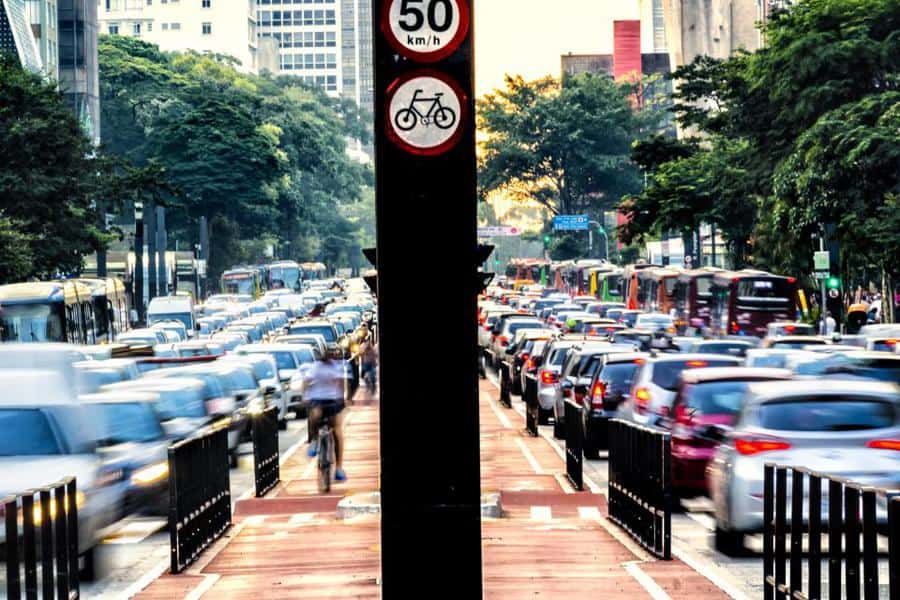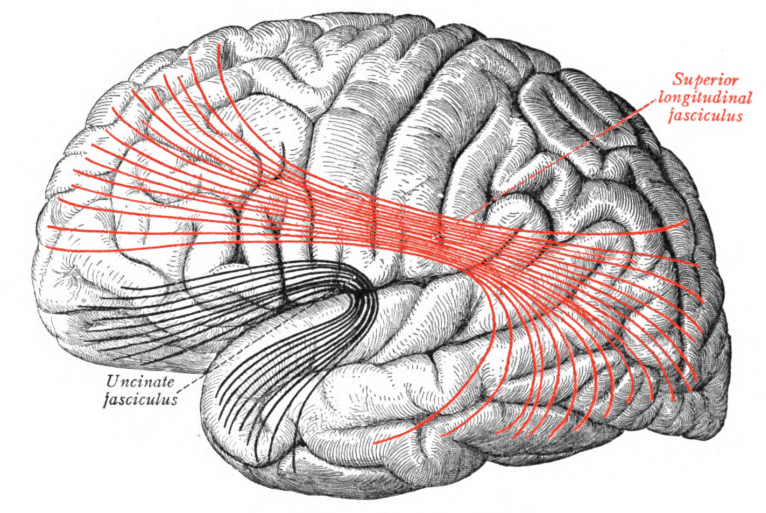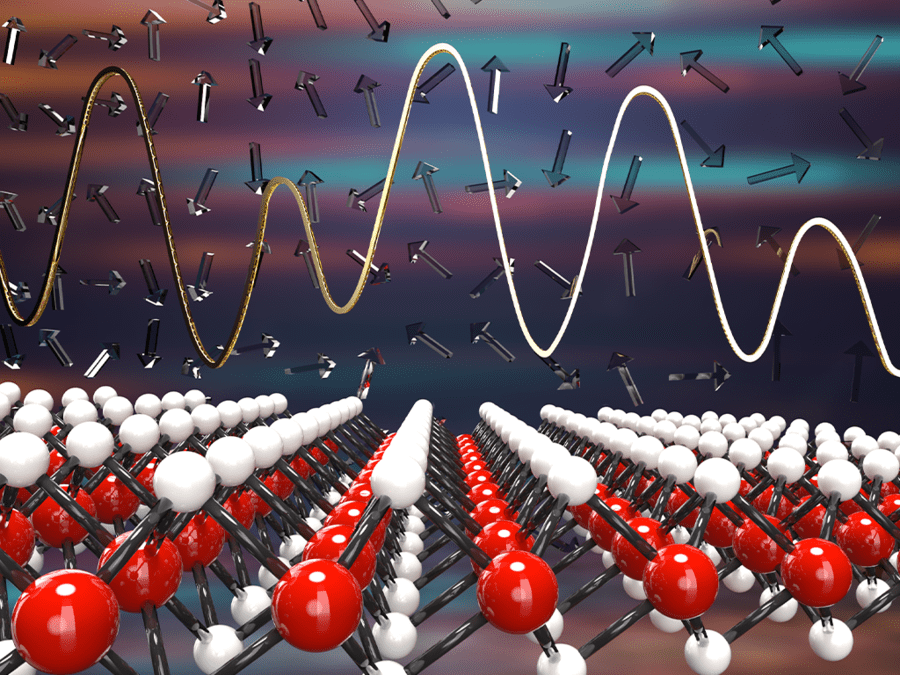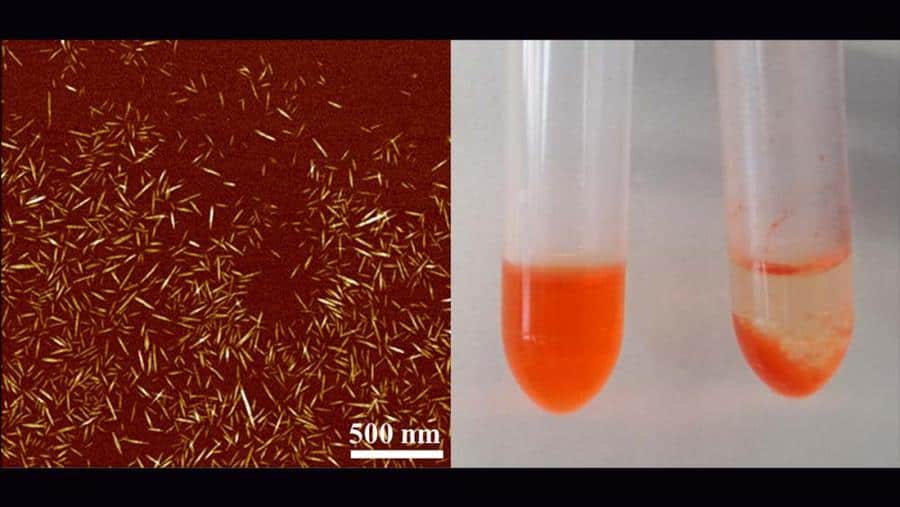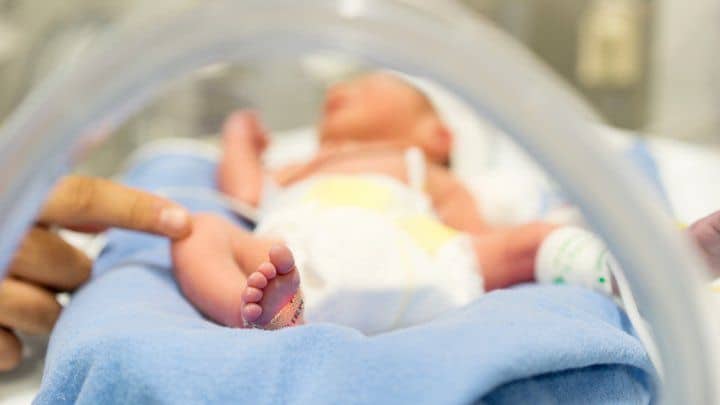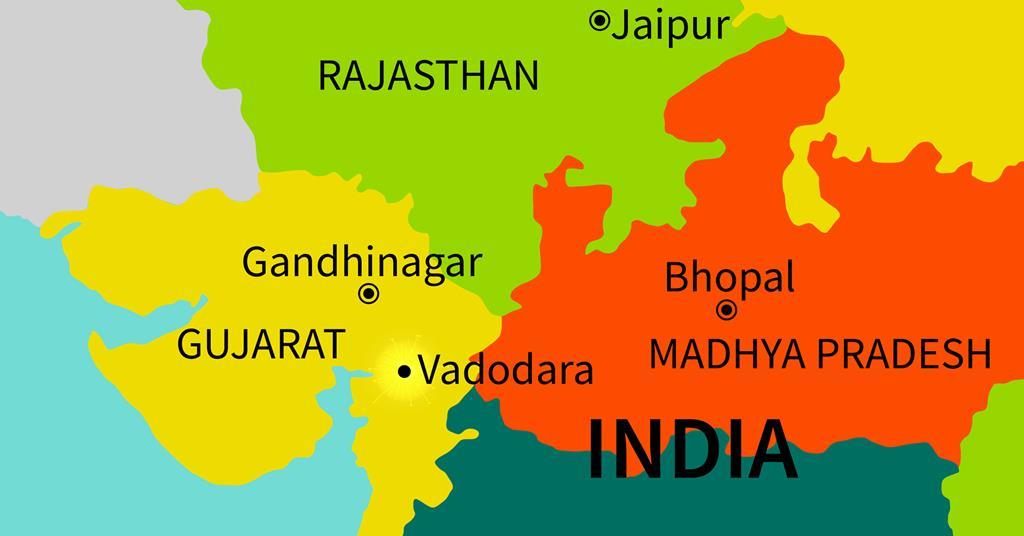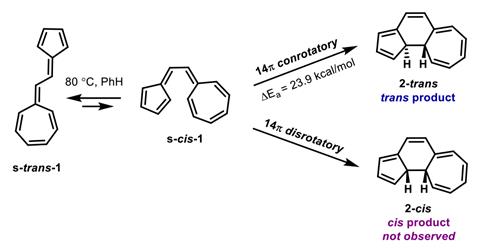For decades, many transportation experts have argued that the best way to reduce urban traffic jams is to put a price on crowded roads. Often called “congestion pricing” these policies are quickly advancing beyond blunt instruments like freeway tolls. Finely calibrated prices on specific roads also offer regulators powerful tools to reduce costly side effects of dense […]
Read More